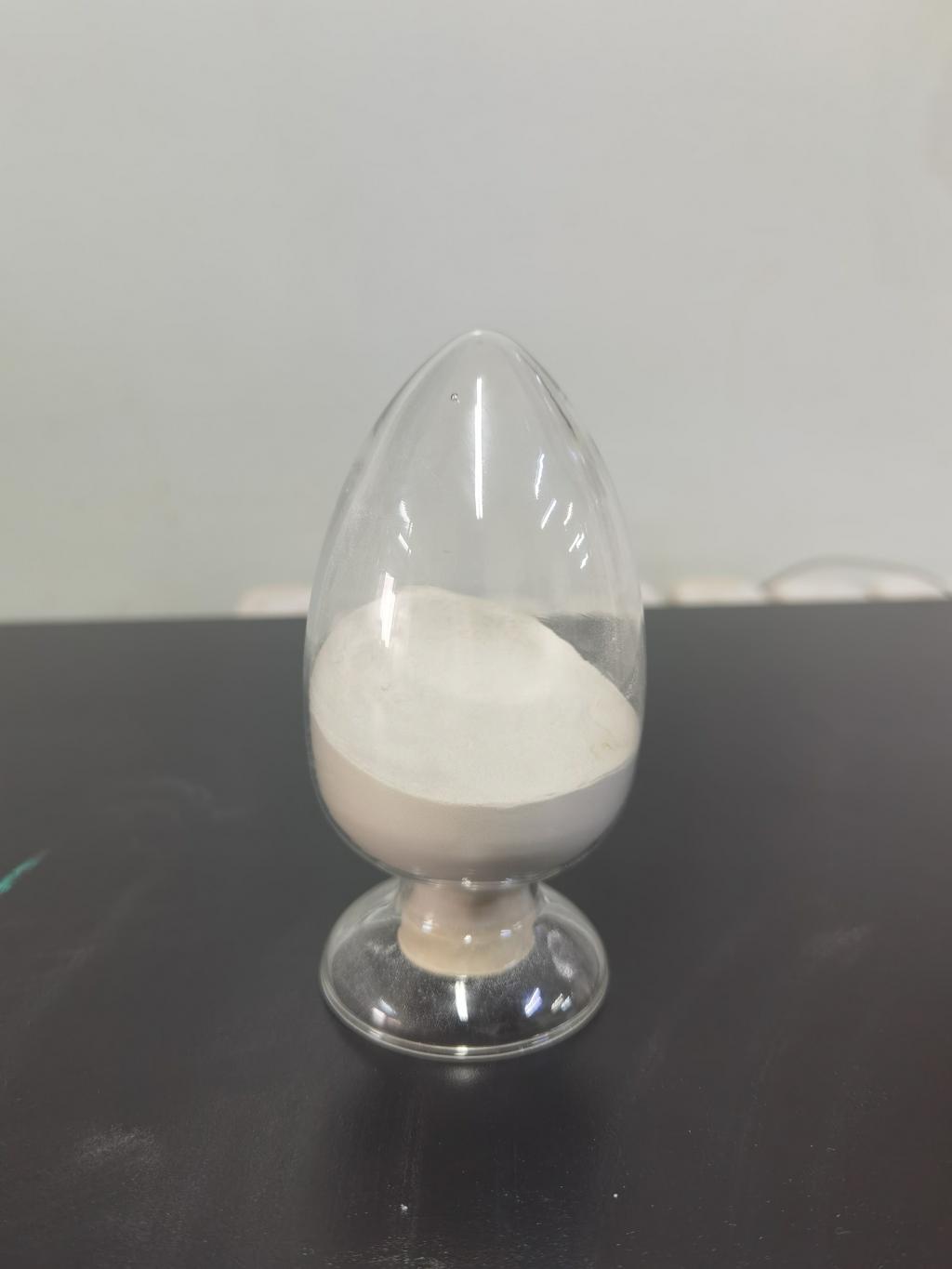Tel:0086 18231198596

News
Nisin's Adoption in School Lunch Programs: A Healthier Approach to Children's Nutrition
TIME:2024-01-30
I. The State of School Lunch Nutrition:
Current Challenges:
School lunches often face criticism for being high in processed foods, added sugars, and lacking essential nutrients. This contributes to the rise of childhood obesity, diabetes, and other health issues. Addressing these challenges requires a multifaceted approach, encompassing both the safety and nutritional aspects of school meals.
Importance of Nutrition in Child Development:
Proper nutrition is crucial for the physical and cognitive development of children. School-age years are a critical period, and the meals provided at schools play a significant role in shaping lifelong dietary habits. Interventions that focus on improving the nutritional quality of school lunches can have a lasting impact on children's health.
II. Introduction to Nisin:
Natural Antimicrobial Properties:
Nisin, produced by certain strains of Lactococcus lactis, is a natural antimicrobial peptide with a long history of use in the food industry. Its primary role has been to inhibit the growth of spoilage and pathogenic bacteria, ensuring the safety of a wide range of food products.
Probiotic Potential:
Recent research has indicated that nisin may exhibit probiotic properties, contributing to the balance of gut microbiota. This aspect of nisin's functionality introduces a unique angle to its potential adoption in school lunch programs, as it aligns with the growing interest in promoting not only food safety but also gut health.
III. Nisin in School Lunch Programs:
Enhanced Food Safety:
One of the primary applications of nisin in school lunches is its role in enhancing food safety. By preventing the growth of harmful bacteria, nisin can contribute to the reduction of foodborne illnesses, ensuring that school lunches are not only nutritious but also safe for consumption.
Preservation of Fresh Produce:
Nisin's ability to extend the shelf life of fresh produce makes it an excellent candidate for improving the variety and nutritional content of school lunches. Schools can incorporate more fruits and vegetables without the fear of rapid spoilage, offering children a diverse and healthful selection.
IV. Addressing Formulation Challenges:
Integration into Common School Lunch Items:
Incorporating nisin into familiar school lunch items poses formulation challenges. Researchers and food scientists are actively working on developing formulations that maintain the stability and effectiveness of nisin while ensuring the acceptance of these enhanced products by young palates.
Flavor and Texture Considerations:
Children's preferences for certain flavors and textures present additional challenges when introducing new ingredients. Efforts to balance the health benefits of nisin with the sensory aspects of school lunches are essential to promoting its adoption.
V. Promoting Healthy Eating Habits:
Educational Initiatives:
Introducing nisin into school lunch programs provides an opportunity for educational initiatives on the importance of a balanced diet. Students can learn about the role of nisin in food safety and how a well-balanced diet contributes to their overall health.
Collaboration with Nutritionists:
Collaboration with nutritionists and dietitians is crucial in designing school lunch menus that not only include nisin for food safety but also adhere to nutritional guidelines. This collaboration ensures that the meals contribute positively to children's health and well-being.
VI. Overcoming Barriers and Gaining Acceptance:
Parental and Community Involvement:
Securing acceptance for nisin in school lunches involves engaging parents and the broader community. Communication efforts that highlight the benefits of nisin, its natural origin, and its potential contribution to children's health can help build support for its adoption.
Policy Support:
Advocacy for policy changes and support at the governmental level is vital for the successful adoption of nisin in school lunch programs. Policy frameworks that encourage the use of natural preservatives align with the broader goal of improving school lunch nutrition.
VII. Case Studies and Success Stories:
Highlighting successful case studies where nisin has been incorporated into school lunch programs can provide tangible examples of its positive impact. These stories can serve as inspiration for other schools and communities considering similar initiatives.
VIII. Future Directions:
The article concludes by discussing the future directions of integrating nisin into school lunch programs. Continued research, collaboration between educational institutions and food industry stakeholders, and ongoing efforts to address formulation challenges are essential for the sustainable adoption of nisin in enhancing children's nutrition.
Conclusion:
Nisin's adoption in school lunch programs represents a significant step toward addressing the dual challenges of food safety and nutrition in children's diets. By leveraging its natural antimicrobial properties and potential probiotic benefits, nisin offers a holistic approach to enhancing the quality of school lunches. The journey towards healthier school meals requires collaboration between educators, nutritionists, parents, and policymakers, all working towards a common goal of nurturing healthier and happier generations through improved nutrition and food safety.

 CONTACT
CONTACT




